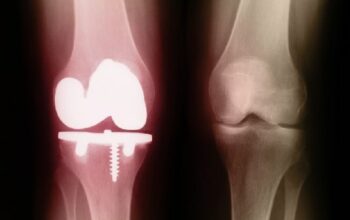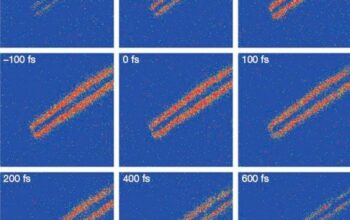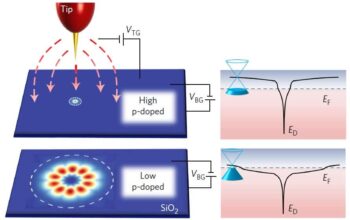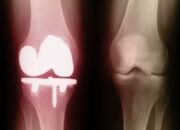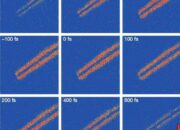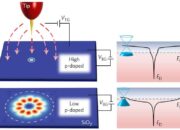In the realm of aerospace innovation, the advent of carbon nanotubes (CNTs) epitomizes a paradigm shift that transcends traditional manufacturing methodologies. These remarkable nanostructures have become the focal point of extensive research and application, particularly in aircraft manufacturing. The infusion of carbon nanotubes into the production process is not merely a transient trend; it represents an evolution that could redefine material properties, enhance structural integrity, and optimize performance in aviation technology.
Carbon nanotubes, discovered in the early 1990s, are cylindrical nanostructures composed solely of carbon atoms. Their unique properties, including extraordinary tensile strength, electrical conductivity, and thermal resilience, render them indispensable in advanced materials science. Typically, a CNT displays a tensile strength approximately 100 times greater than that of steel, while boasting a weight that is significantly lighter, thereby presenting unparalleled opportunities for the aerospace sector.
The integration of carbon nanotubes into aircraft manufacturing heralds a new era in material efficiency and performance optimization. The standard materials currently employed, such as aluminum and titanium, while effective, carry limitations in terms of weight and structural integrity under extreme conditions. CNTs can potentially alleviate these constraints, leading to an aircraft design that is not only lighter but also more robust.
Moreover, the application of CNTs extends beyond mere reinforcement. Their inherent electrical conductivity opens up avenues for innovative innovations in smart materials, enabling the development of structures that can monitor their own health. Integration of sensors embedded within CNT-reinforced components may permit real-time assessments of structural integrity, allowing for predictive maintenance and thereby enhancing safety.
In the manufacturing process, the challenges associated with integrating carbon nanotubes into composite materials are extensive. Dispersion of CNTs within a matrix to achieve homogeneity is paramount; uneven distribution can lead to compromised performance. Innovative techniques have emerged, including the use of ultrasonication and chemical functionalization, which aim to enhance the compatibility of CNTs with polymer matrices. These advancements are crucial to ensure that the superior properties of CNTs are effectively utilized without reverting to conventional composite performance.
The curing process becomes increasingly critical when considering the application of carbon nanotubes in aerospace components. Traditional curing methods, often involving elevated temperatures and pressures, demand meticulous attention to maintain the integrity of CNTs. Their high aspect ratio and microscopic dimensions can lead to agglomeration if subjected to inappropriate thermal conditions. Consequently, the aerospace industry must recalibrate its approaches to thermal processing. This transformation in curing practices will not only involve modified parameters but may also mandate specialized ovens capable of managing the delicate thermal profiles required for CNT-enhanced composites.
Furthermore, the potential environmental impact of utilizing carbon nanotubes must not be ignored. While the promise of enhanced performance is compelling, the life cycle analysis of CNT integration poses questions about sustainability. The manufacturing processes for carbon nanotubes can be energy-intensive and may involve hazardous precursors. The aerospace industry is now challenged to balance performance enhancement with environmental stewardship, ensuring that the adoption of new materials does not exacerbate existing ecological burdens.
The economic implications of transitioning to carbon nanotube-reinforced materials are significant. Initial investment costs in research, development, and scaling production techniques may present barriers for some manufacturers. However, the long-term benefits, such as reduced fuel consumption due to lighter aircraft, could translate into substantial operational savings. As airlines increasingly prioritize cost efficiency, the integration of CNTs may become not only advantageous but essential for competitive survival in a burgeoning market.
Beyond the technicalities, the integration of carbon nanotubes in aircraft manufacturing hints at a broader cultural shift within the aerospace industry. A growing emphasis on embracing advanced materials reflects an overarching trend toward innovation. Manufacturers are now encouraged to adopt a mindset that thrives on experimentation and responsiveness to emerging scientific insights. This shift may liberate engineers and designers from the traditional confines of established protocols, fostering an environment conducive to creativity and exploration.
The road ahead is dotted with curiosity and challenges alike. Academic and industrial partnerships will play a crucial role in harnessing the full potential of carbon nanotubes within aerospace applications. Research into scalable production techniques, effective dispersion methods, and innovative composite designs requires collaborative efforts that bridge the gap between theoretical advancements and practical implementations.
In conclusion, carbon nanotubes stand at the precipice of transformation within the aircraft manufacturing sector. Their integration promises not only enhancements in material properties and performance but also necessitates a comprehensive re-evaluation of existing manufacturing processes. The exploration of CNTs in this context encourages ongoing inquiry, imbued with the excitement of potential breakthroughs that could redefine aviation technology for generations to come. As this field advances, the future of aerospace manufacturing seems poised for a renaissance, one that beckons inquisitive minds to delve deeper into the possibilities carbon nanotubes offer.


